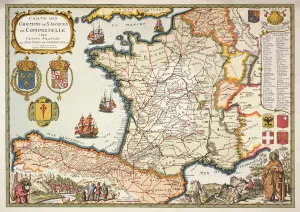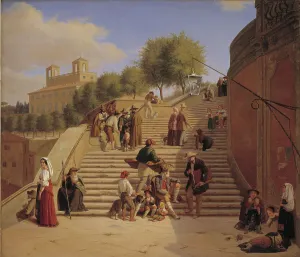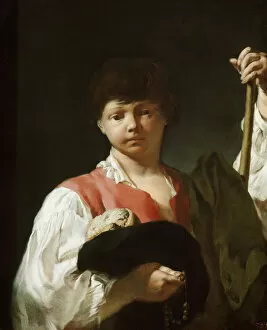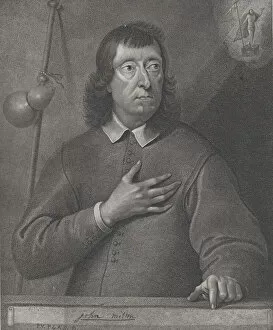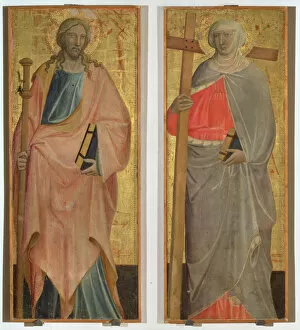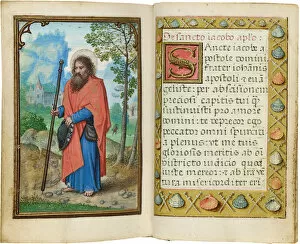Pilgrims Staff Collection
"The Pilgrim's Staff: A Symbol of Faith and Journey" The image of the pilgrim's staff has long been associated with religious devotion and spiritual journeys
All Professionally Made to Order for Quick Shipping
"The Pilgrim's Staff: A Symbol of Faith and Journey" The image of the pilgrim's staff has long been associated with religious devotion and spiritual journeys. In Giovanni Battista Piazzetta's painting, "The Beggar Boy (The Young Pilgrim), " we see a young boy holding a staff as he embarks on his pilgrimage, symbolizing his commitment to the Holy Family. Another depiction of the pilgrim's staff can be found in George Quinton's portrait of John Milton. As an influential writer and devout Christian, Milton is portrayed holding a staff, representing his own personal journey through faith and literature. In the Sant Emidio polyptych, St. Andrew and St. James the Greater are depicted with their iconic staves. These apostles were known for spreading Christianity throughout different regions, using their staffs as tools for guidance and protection along their missionary journeys. Maps have also played a significant role in guiding pilgrims on their way to sacred destinations like Santiago de Compostela. The reproduction of the Map of Routes shows us how travelers relied on these maps to navigate their path towards spiritual enlightenment. Artworks such as "St. Ursula and Four Saints" and "St. James and St. Helena" depict saints carrying staves during their respective pilgrimages or missions, emphasizing the importance of this symbol in religious iconography. Even miniature books like those from Bruges' Book of Hours feature illustrations showing various types of pilgrims carrying staves - from simple wanderers to members of knightly orders like Templar Knights or Hospitallers - all united by their shared purpose: seeking divine grace through physical travel. Lastly, we encounter St. James the Greater once again in another artwork where he holds his distinctive scallop shell-adorned staff while adorned with tempera & gold leaf accents—a testament to both his status as patron saint of pilgrims and his own transformative journey towards spiritual enlightenment.

